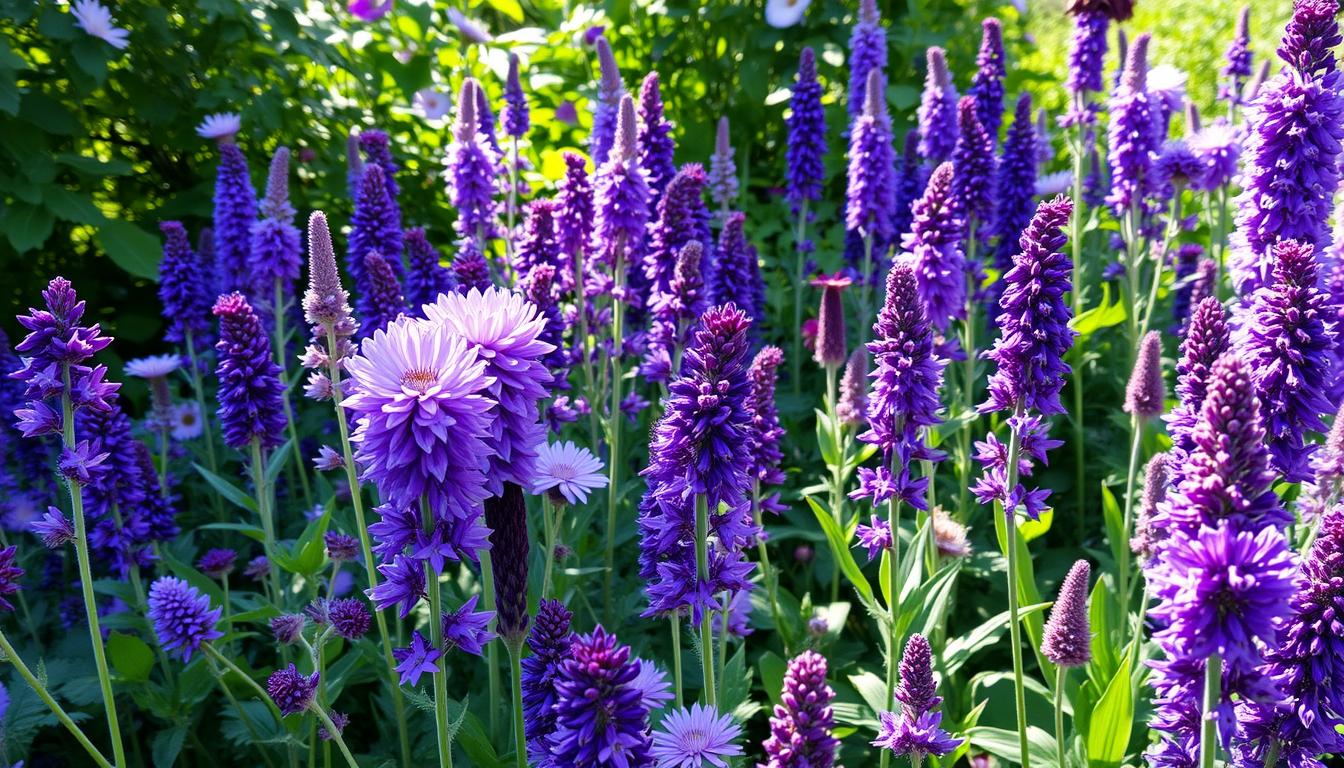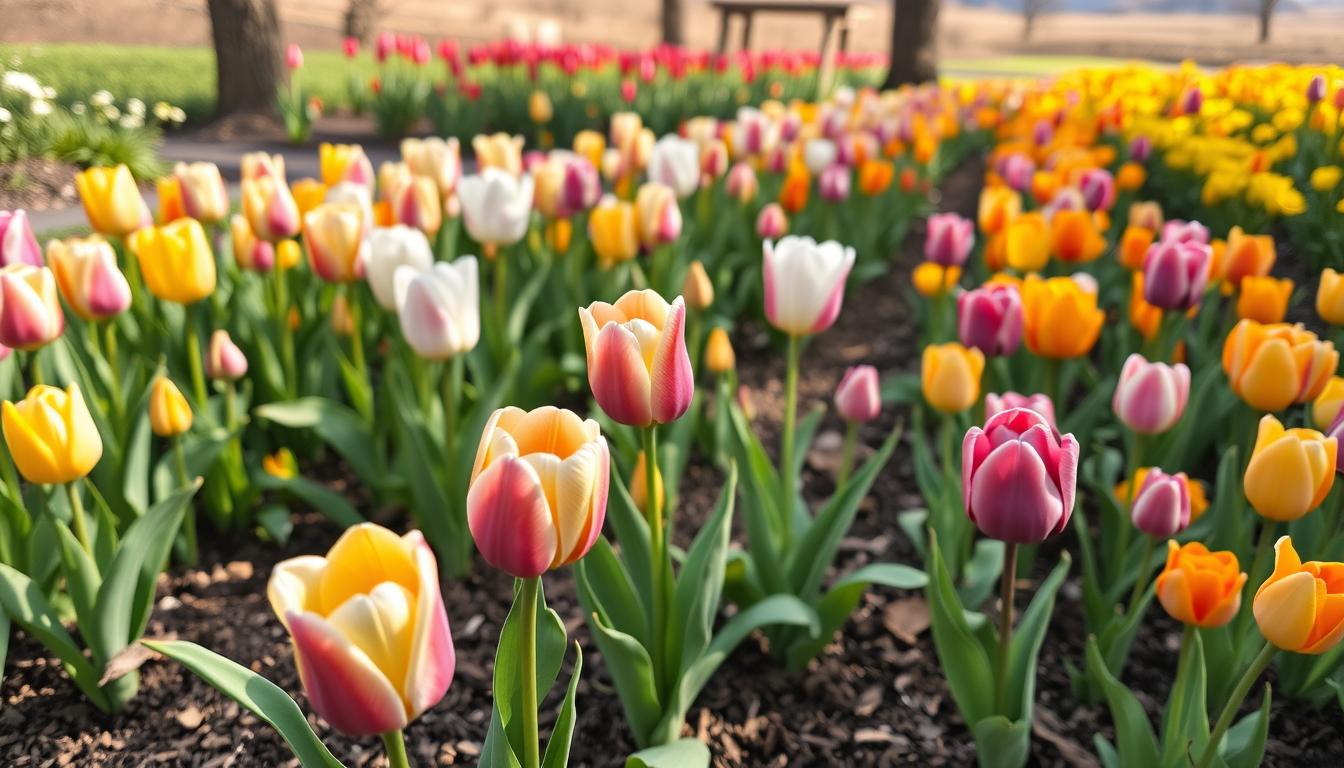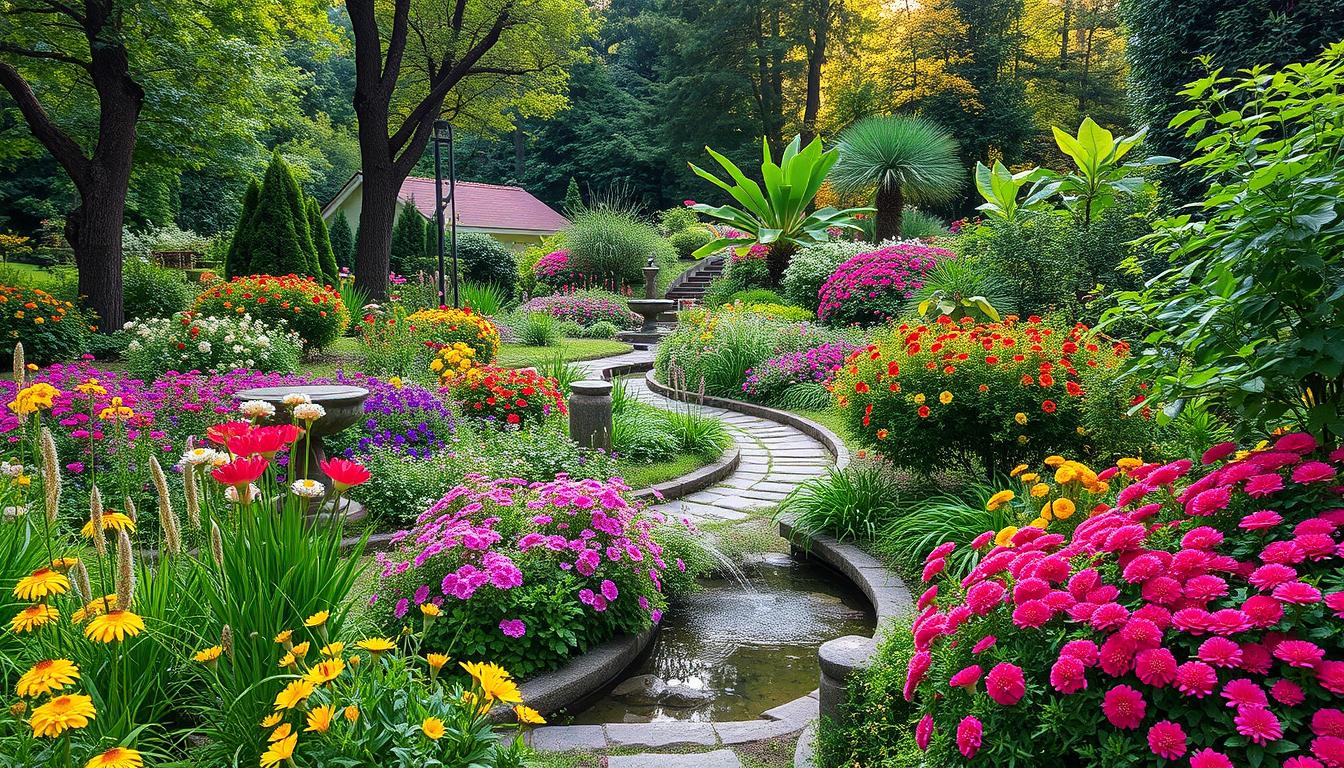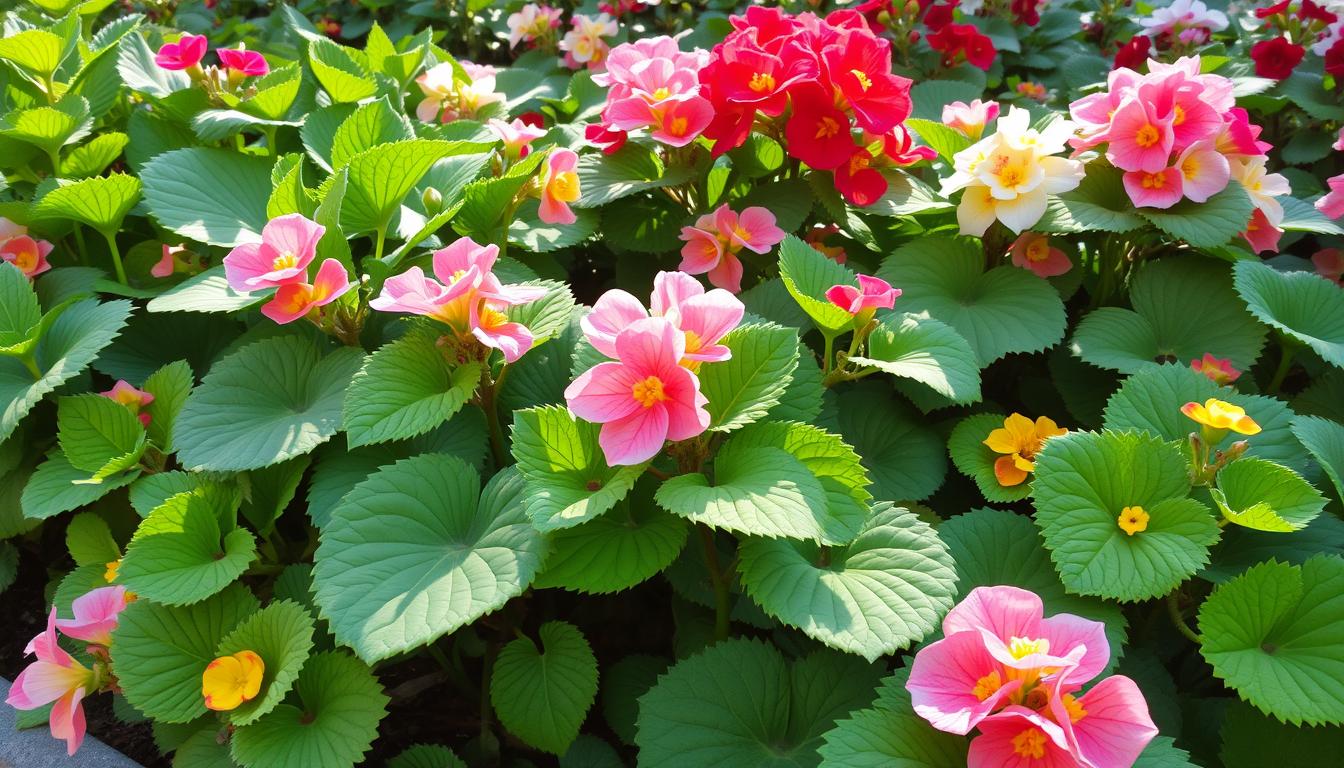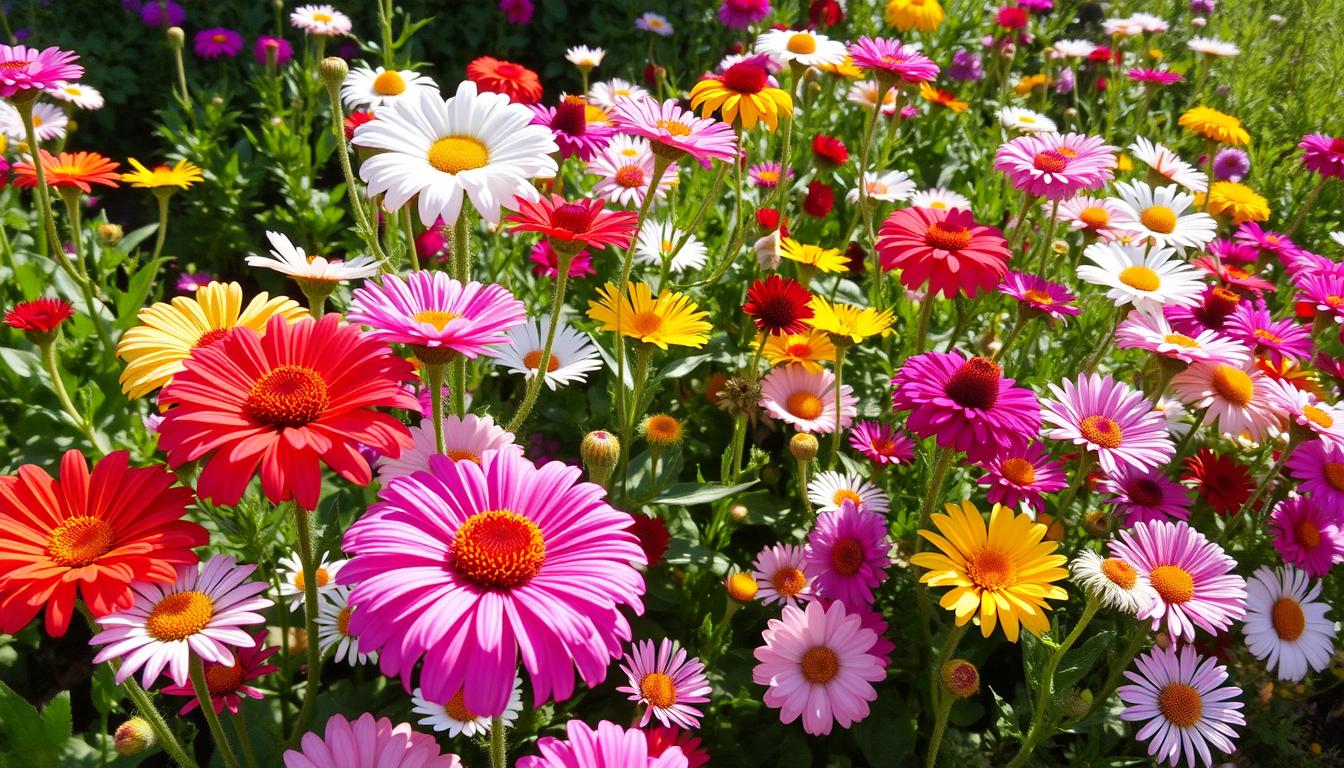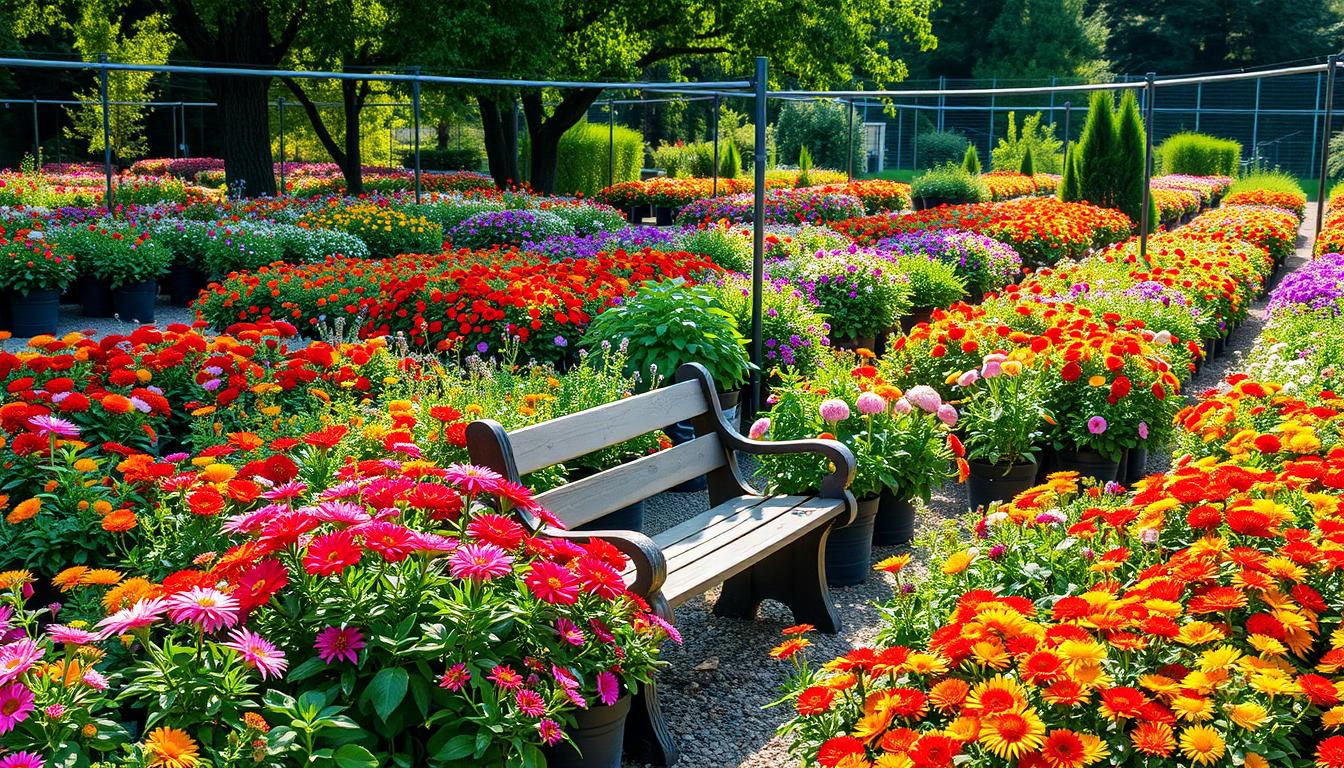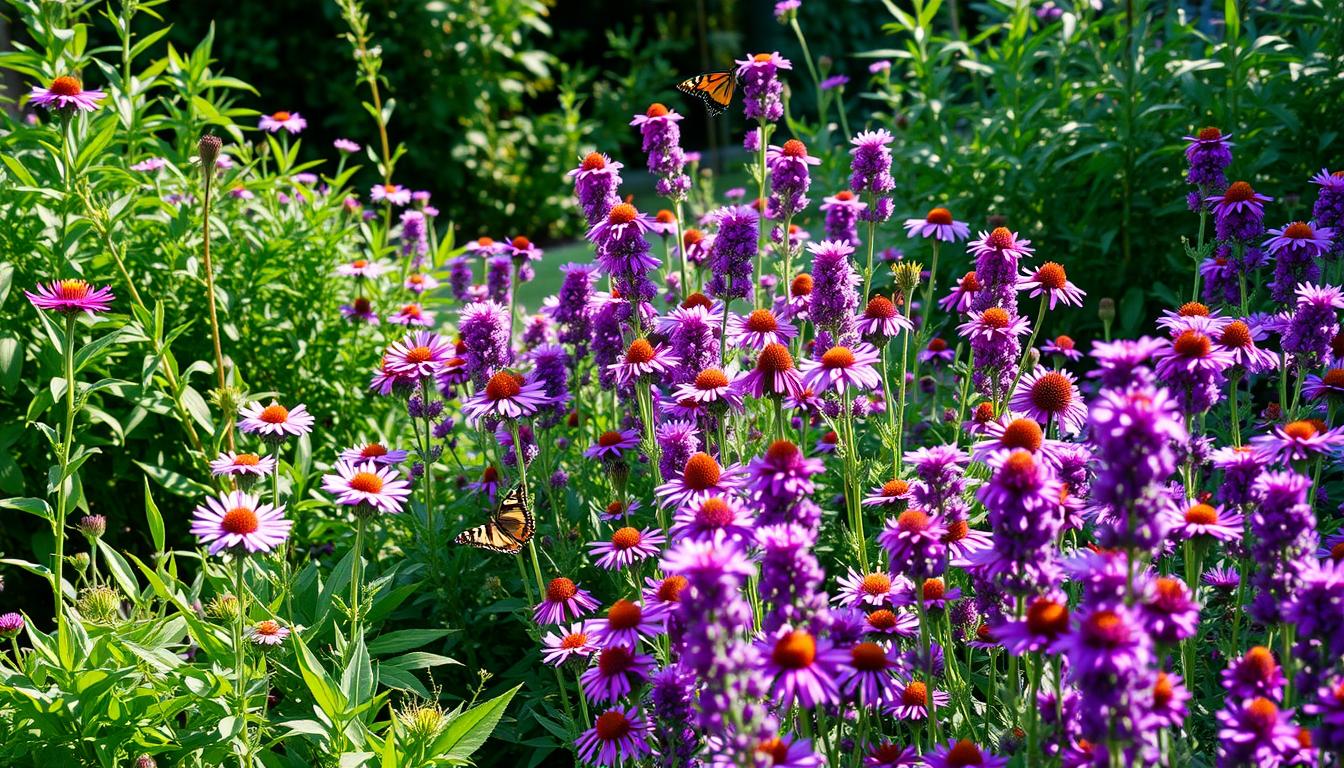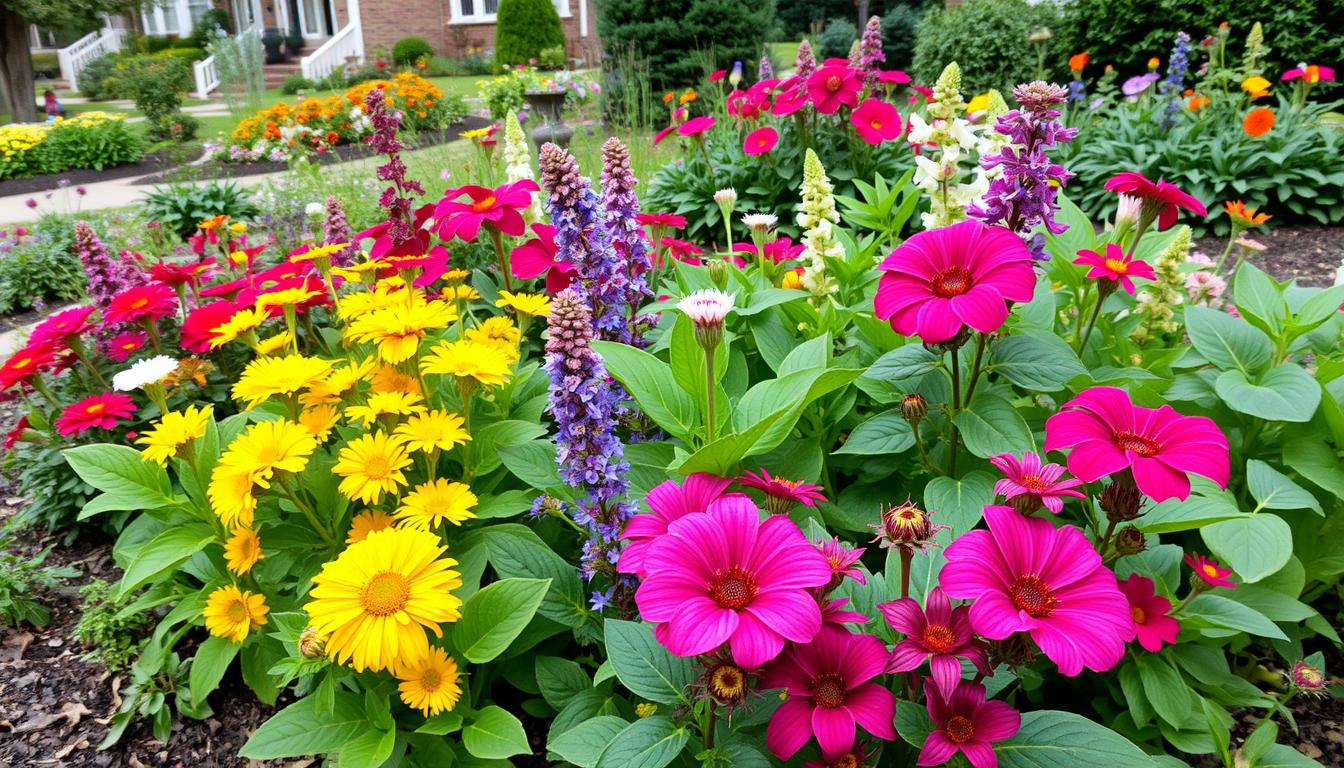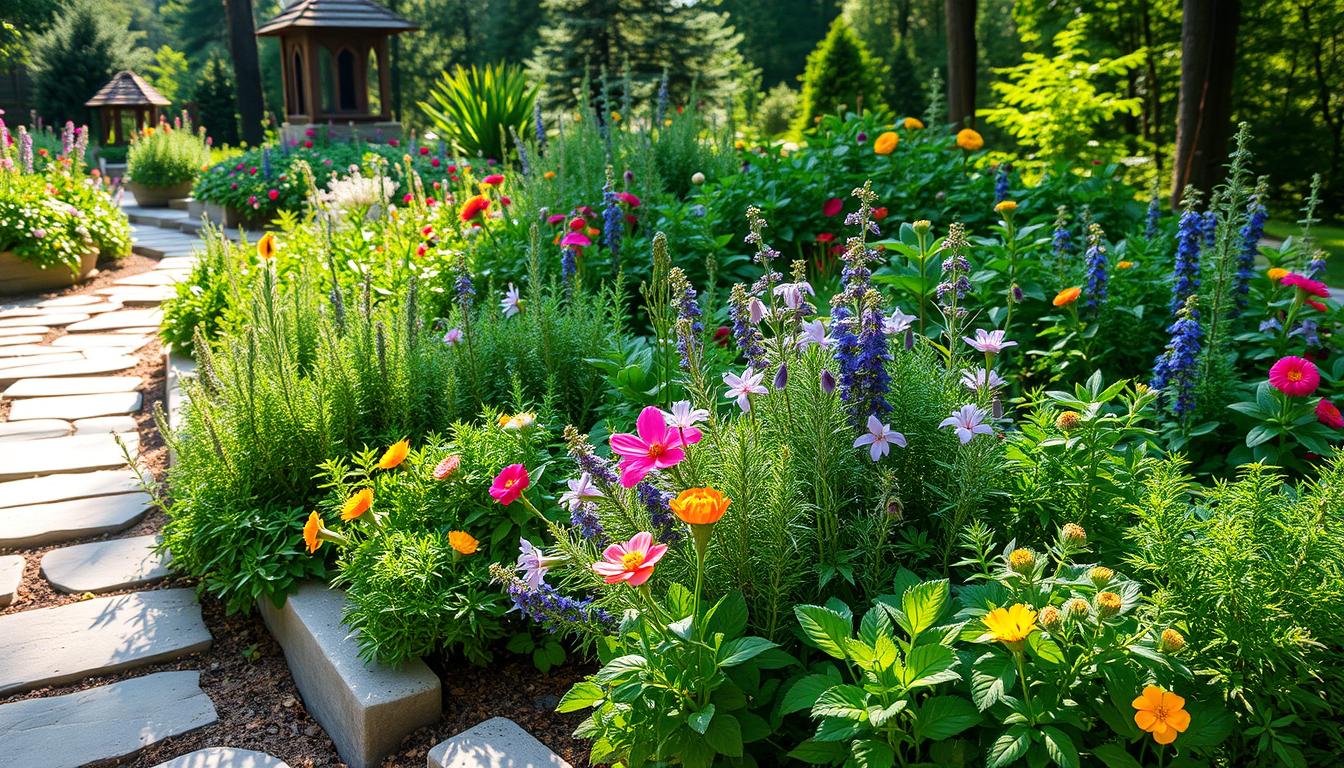Have you ever walked through a garden, smelling the herbs? It often brings back memories of your grandmother’s kitchen or peaceful moments in nature. Sacred herbs are more than plants; they carry wisdom from the past. They help in healing and well-being, offering comfort in a busy world.
Exploring sacred herbs reveals their history, types, and uses in our lives. They can help with stress, offer relaxation, or boost spiritual practices. Let’s discover how these plants can change our lives for the better.
Table of Contents
Introduction to Sacred Herbs
Sacred herbs are special in many cultures. They are valued for their spiritual and medicinal uses. You might be curious about what makes these plants so esteemed throughout history.
What Are Sacred Herbs?
Sacred herbs are plants with cultural, medicinal, or spiritual value. They have deep roots in ancient practices. These plants were key in rituals, healing, and community well-being. Sage, Lavender, and Chamomile are examples, each with unique benefits.
Historical Significance
Throughout history, sacred herbs had many uses. Ancient civilizations used them in spiritual rituals and healing. For instance, medicinal herbs helped healers treat illnesses and improve health.
These herbs were not just for daily use. They also connected the physical and spiritual worlds.
Modern Usage
Today, sacred herbs remain important. Many people use herbal medicine for its health benefits. You can find sacred herbs in herbal teas, tinctures, and essential oils.
Using these spiritual herbs can improve your health and deepen your spiritual connection.
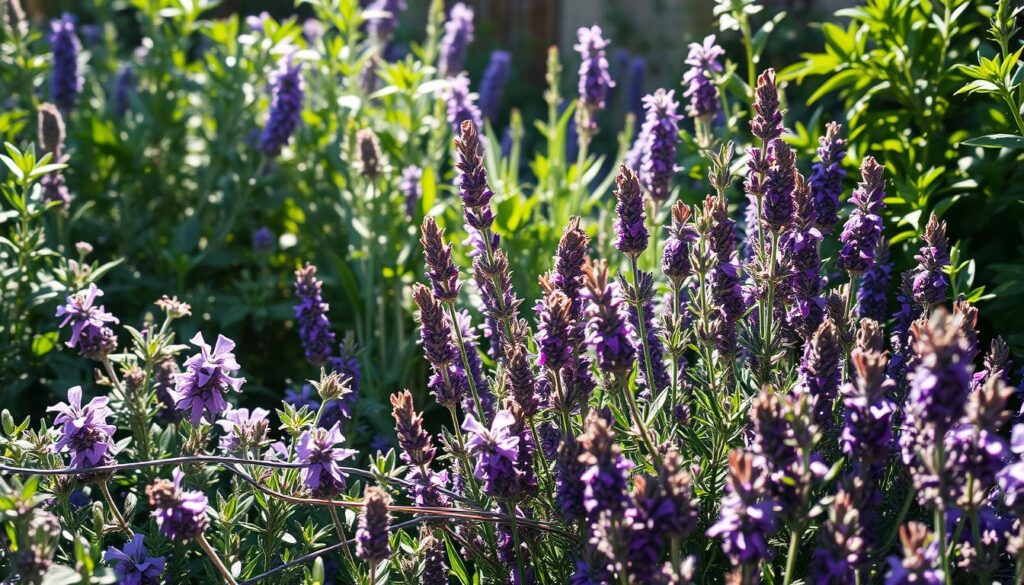
Types of Sacred Herbs
Sacred herbs have special qualities that boost both physical and spiritual health. Knowing about different healing plants helps you choose the right herbal medicine. Here are some sacred herbs known for their unique benefits and uses.
Sage: The Purifier
Sage is famous for its ability to purify. It’s often used in smudging rituals to remove negative energies. Its scent is refreshing and helps create a calm, focused space.
Palo Santo: The Holy Wood
Palo Santo, or “holy wood,” is loved for its divine smell. People use it to clear negative energy and draw in positive vibes. Its sweet scent, when burned, makes meditation and spiritual practices more peaceful.
Chamomile: The Calming Flower
Chamomile is known for its calming effects. It’s a key herb in herbal medicine. It helps with relaxation and sleep, and can also ease digestive issues, showing its wide range of uses.
Lavender: Relaxation and More
Lavender is famous for its scent and many uses in aromatherapy and skincare. It’s a great stress reliever and sleep aid. Lavender oil can be used daily to improve wellness in many ways.
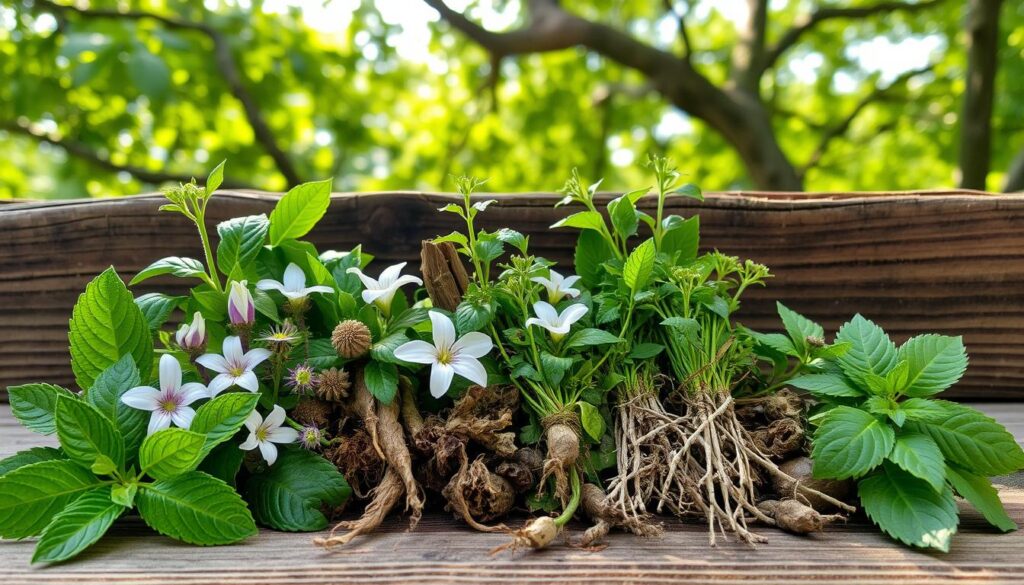
| Herb | Primary Benefits | Common Uses |
|---|---|---|
| Sage | Purification, tranquility | Smudging, cleansing spaces |
| Palo Santo | Energy cleansing, positivity | Spiritual rituals, meditation |
| Chamomile | Relaxation, digestive aid | Herbal tea, aroma therapy |
| Lavender | Stress relief, sleep aid | Aromatherapy, skincare |
Learning about and using these sacred herbs can greatly improve your well-being. They can be used in smudging, teas, or oils. These plants are powerful in supporting both mind and body.
Healing Properties of Sacred Herbs
Sacred herbs have amazing healing powers that boost our overall health. They offer natural remedies that feed both our bodies and minds. Knowing their benefits helps us use them in herbal medicine, leading to a healthier life.
Antioxidant Benefits
Many sacred-herbs are full of antioxidants, fighting oxidative stress. Herbs like rosemary and sage are packed with phenolic compounds. Adding these herbs to your day can boost your immune system and help you live longer.
Stress Relief and Anxiety Reduction
Herbs like chamomile and lavender are great for reducing stress. They’re used in herbal medicine to calm anxiety and help you relax. Drinking herbal teas or using aromatherapy can make you feel calmer every day.
Promoting Sleep and Relaxation
Struggling with sleep? Sacred-herbs can help. Lavender, for example, is known for its sleep-promoting effects. Using these natural remedies can make you feel more comfortable and mentally balanced, waking up refreshed.
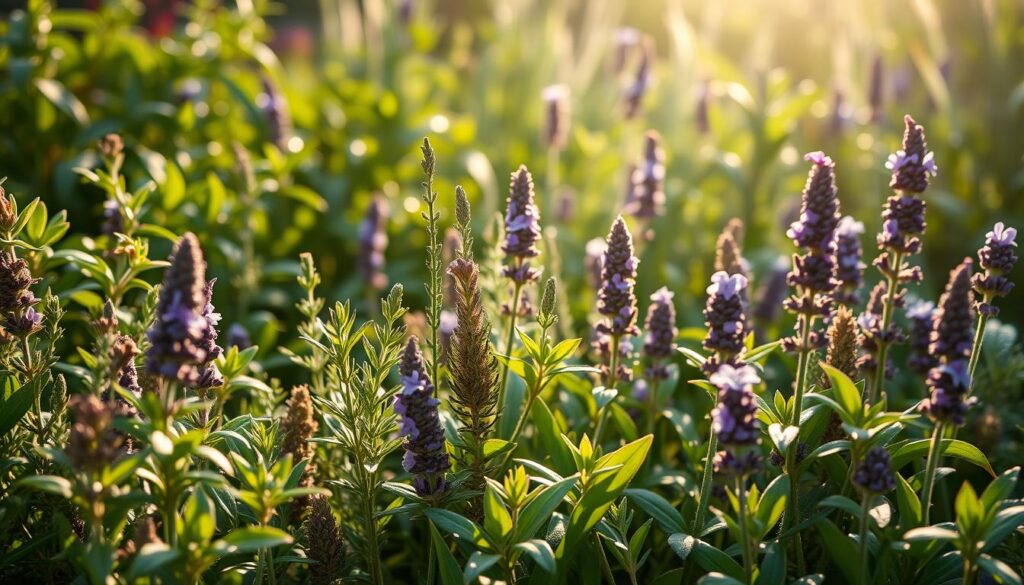
| Herb | Healing Properties | Common Uses |
|---|---|---|
| Sage | Antioxidant, anti-inflammatory | Culinary, smudging rituals |
| Chamomile | Calming, sleep aid | Herbal tea, essential oils |
| Lavender | Relaxation, anxiety relief | Aromatherapy, topical applications |
| Palo Santo | Spiritual cleansing, mood enhancement | Smudging, rituals |
Sacred Herbs in Spiritual Practices
Sacred herbs are key in many spiritual practices. They carry ancient traditions and help connect us to the divine. Herbs like sage and palo santo can make meditation better, bringing peace and focus. These plants support deep reflection and keep spiritual bonds alive across generations.
Rituals and Ceremonies
Using sacred-herbs in rituals brings protection and peace. Many cultures use herbs to keep negative energies away. For example, African sage is used to protect spaces, while Native American tribes use sweetgrass and cedar for cleansing.
In Europe, sage and rosemary are used to keep bad luck away, especially at home. These beliefs show the long-standing value of sacred-herbs in keeping us safe.
Enhancing Meditation
Adding sacred-herbs to meditation can be very powerful. Smudging with sage and palo santo cleanses your space, helping you focus. Meditation also boosts emotional strength with regular practice.
You might feel clearer and more emotionally stable with these herbs in your routine.
Connection to Ancestors
These herbs also connect us to our ancestors. Using them honors our heritage and traditions. This connection adds depth to our rituals and ceremonies, keeping our ancestors’ wisdom alive.
Using these herbs helps us feel a sense of belonging and heritage. It enriches our spiritual journey.
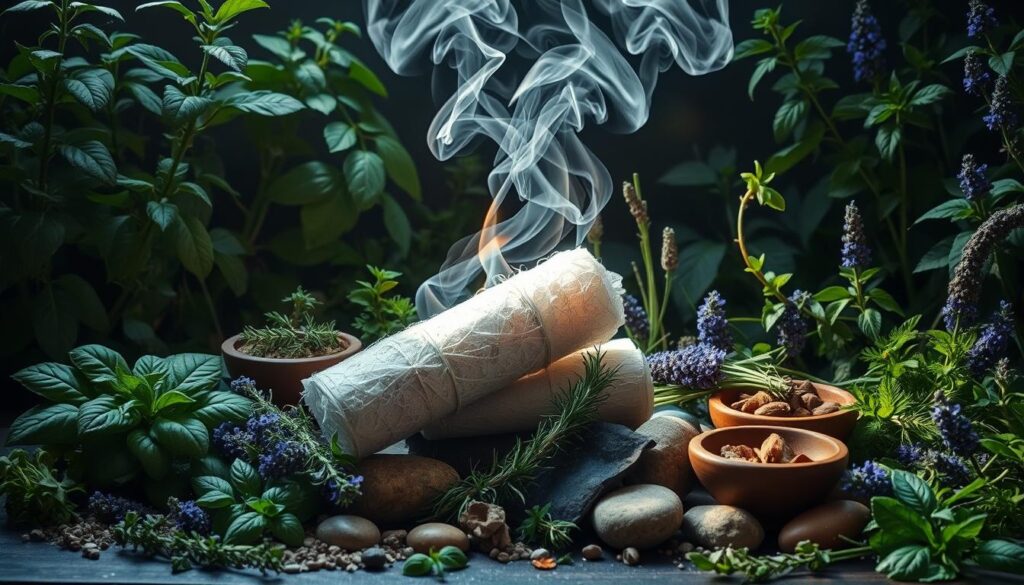
| Herb | Usage | Culture | Primary Benefit |
|---|---|---|---|
| Sage | Smudging | Indigenous | Cleansing and protection |
| Palo Santo | Meditation | Shamanic | Spiritual upliftment |
| Sweetgrass | Ritual cleansing | Native American | Balance and harmony |
| Rosemary | Protection | European | Defense against negativity |
How to Incorporate Sacred Herbs into Daily Life
Adding sacred-herbs to your daily routine can boost your health and cooking. These plants are not only good for you but also make food taste better. Here are some easy ways to use sacred-herbs in your life.
Cooking and Culinary Uses
Sacred herbs like sage and chamomile can make your food taste amazing and be healthier. Use sage to flavor meats or mix it into veggies. Chamomile, which calms you down, is great in desserts or salads. Try different ways to use sacred-herbs to improve your cooking.
Herbal Teas and Infusions
Herbal teas are a lovely way to relax and get healthier. Make chamomile tea at night to calm down. Lavender tea can help with stress and anxiety. These teas not only taste good but also use sacred-herbs to help your health.
Aromatherapy and Essential Oils
Essential oils from sacred-herbs are great for aromatherapy. Diffuse lavender for calm or eucalyptus for energy. Using essential oils can make your space feel peaceful, helping your daily routines and mindfulness.

Growing Your Own Sacred Herbs
Starting to grow sacred-herbs can make gardening a fulfilling journey. You’ll discover a wide range of organic herbs, each with special properties for herbal medicine. First, pick the right herbs for your garden and climate.
Selecting the Right Herbs
First, check your local climate. Some sacred-herbs love warm, sunny spots, while others do better in cooler areas. Here are some favorites:
- Sage
- Chamomile
- Lavender
- Palo Santo
Learning about these herbs’ needs will help you grow them well.
Tips for Cultivation
To grow sacred-herbs well, pay attention to a few key things:
- Sunlight: Most herbs need at least six hours of direct sun a day.
- Soil Conditions: Choose soil that drains well and is full of nutrients for healthy plants.
- Watering Techniques: Water your herbs often but don’t overdo it to avoid root rot.
These tips will help your herbs grow strong and vibrant, giving you the best herbs.
Harvesting and Preservation
When your herbs are ready, it’s important to harvest them right. Cut them gently to keep the plant healthy and potent. Then, you can preserve them in a few ways:
- Drying: Hang herbs upside down in a cool, dark spot to keep their scent and healing powers.
- Storing: Store dried herbs in airtight containers, away from light and moisture.

Sacred Herbs and Cultural Significance
Sacred herbs have been key in many cultures for centuries. They show their deep cultural value. These herbs are not just used in herbal medicine. They also play a big role in spiritual and healing practices worldwide.
Indigenous Practices
Indigenous communities around the world value sacred herbs a lot. They use them in ceremonies, healing rituals, and daily life. These herbs connect people with nature, each with its own special meaning.
For example, sage is used for purification. Other native plants have their own roles in healing and rituals.
Modern Adaptations
Today, there’s a growing interest in sacred-herbs This shows how old knowledge meets new practices in herbal medicine. People mix ancient wisdom with modern wellness routines.
This mix creates a unique blend. It honors the past while meeting today’s needs.
Global Perspectives
Sacred herbs are a shared treasure across cultures. They are seen as vital for health and spiritual growth. Looking at how different cultures use these herbs shows their universal value.
Each culture has its own way of using sacred-herbs. This diversity adds richness to our understanding of herbs.

Sacred Herbs in Traditional Medicine
Sacred herbs are highly valued in traditional medicine worldwide. They are used in healing practices, showing a deep understanding of nature. This is especially true in Ayurveda and Chinese medicine. These traditions use sacred-herbs to help people find balance and improve their health naturally.
Ayurveda and Sacred Herbs
In Ayurveda, a healing system from India, herbs are chosen based on a person’s body type. Each herb has a specific role, helping with both physical and mental health. For instance, turmeric reduces inflammation, and ashwagandha helps with stress. Using these herbs can help your body stay in harmony with nature.
Chinese Medicine Practices
Chinese medicine also has a special bond with sacred-herbs. Practitioners pick herbs based on their effects on the body’s energy, or qi. Ginseng and ginger are key for improving blood flow and digestion. This shows how sacred-herbs are a big part of a complete health approach.
The Role of Sacred Herbs in Natural Remedies
Sacred-herbs are also important in today’s wellness practices as herbal remedies. They offer natural solutions for many health issues. By using these herbs, you connect with ancient wisdom, leading to a more balanced life.
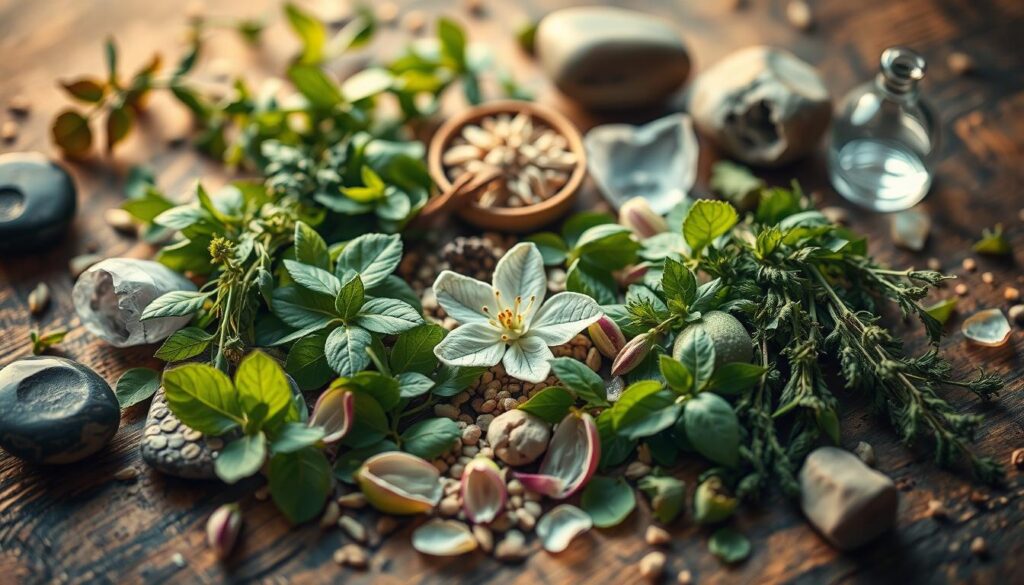
| Herb | Traditional Use | Modern Application |
|---|---|---|
| Turmeric | Anti-inflammatory | Joint pain relief |
| Ashwagandha | Stress support | Anxiety reduction |
| Ginseng | Energy booster | Stamina enhancement |
| Ginger | Digestive aid | Nausea relief |
Environmental Impact of Sacred Herbs
Sacred herbs offer spiritual and physical benefits but also have environmental impacts. It’s important to understand these effects to make choices that protect our planet. This way, we can enjoy the benefits of sacred offerings while caring for the Earth.
Sustainable Harvesting Practices
Sustainable harvesting is key to avoid harming ecosystems when collecting sacred-herbs. Many herbs can grow back if harvested correctly. Here are some practices to follow:
- Selective cutting, allowing plants to regenerate.
- Monitoring growth cycles to avoid overharvesting.
- Using traditional ecological knowledge to guide collection methods.
These methods help keep plants and ecosystems healthy. They also support biodiversity, which is essential for a balanced environment.
Ethical Sourcing
Ethical sourcing means getting sacred-herbs without harming their habitats. Supporting brands that harvest ethically is important. Look for signs of:
- Fair trade practices.
- Transparency in sourcing.
- Community engagement and support.
Choosing ethically sourced herbs helps protect cultures and nature. It’s a way to make a positive impact.
Biodiversity and Conservation
Biodiversity is crucial for healthy ecosystems where sacred-herbs grow. Different species keep habitats balanced and resilient. It’s important to preserve biodiversity, especially where sacred-herbs are found. You can help by:
- Participating in local conservation initiatives.
- Planting native species in your garden.
- Advocating for policies that protect biodiversity.
These actions protect our resources and ensure a healthy environment for the future.
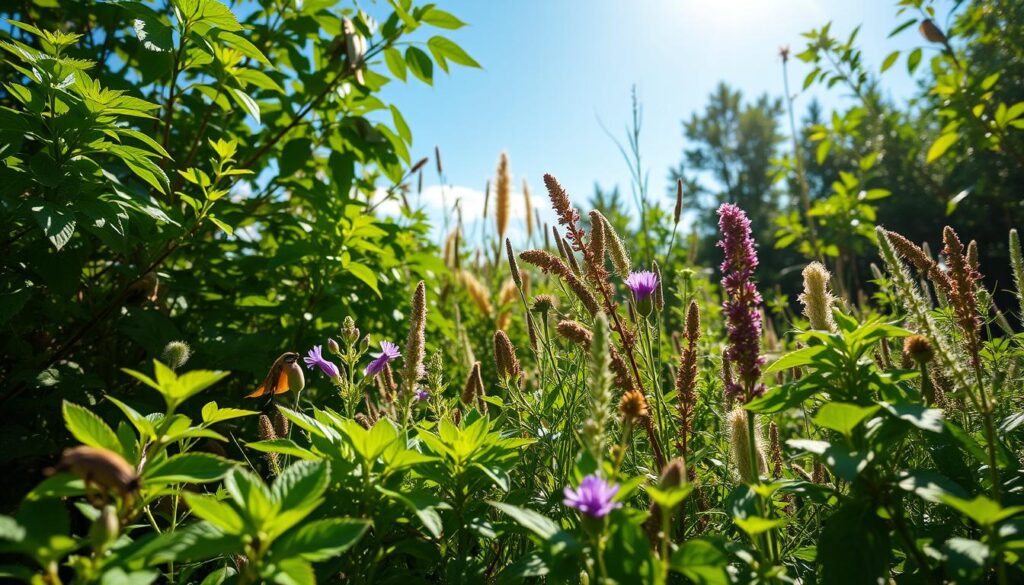
Conclusion: Embracing Sacred Herbs in Your Life
Sacred herbs offer many benefits, from improving well-being to treating ailments naturally. These plants have been valuable for centuries, in both old traditions and new uses. By using sacred-herbs daily, you can reduce stress, sleep better, and stay healthy. Each herb has a rich history and cultural ties that add to your experiences.
Summary of Benefits
Sacred-herbs not only help your health but also connect you to nature and ancient wisdom. Using these plants in teas, food, or rituals can lead to better health and lifestyle. Their benefits are for everyone, making it a fun journey to discover.
Encouragement to Explore
Try out different sacred-herbs. You can use them in cooking or make soothing teas. They can help with relaxation or boost your spiritual practices. Explore with curiosity, letting these herbs guide you to better well-being.
Invitation to Share Experiences
Sharing your sacred herb journey can build a community and learning circle. We encourage you to share how you use herbs in cooking, gardening, or for health. Connecting with others can spark new ideas and support as you enrich your life with these natural remedies.




